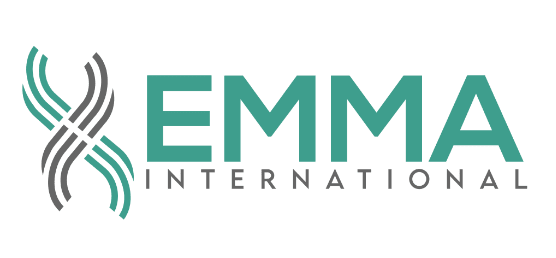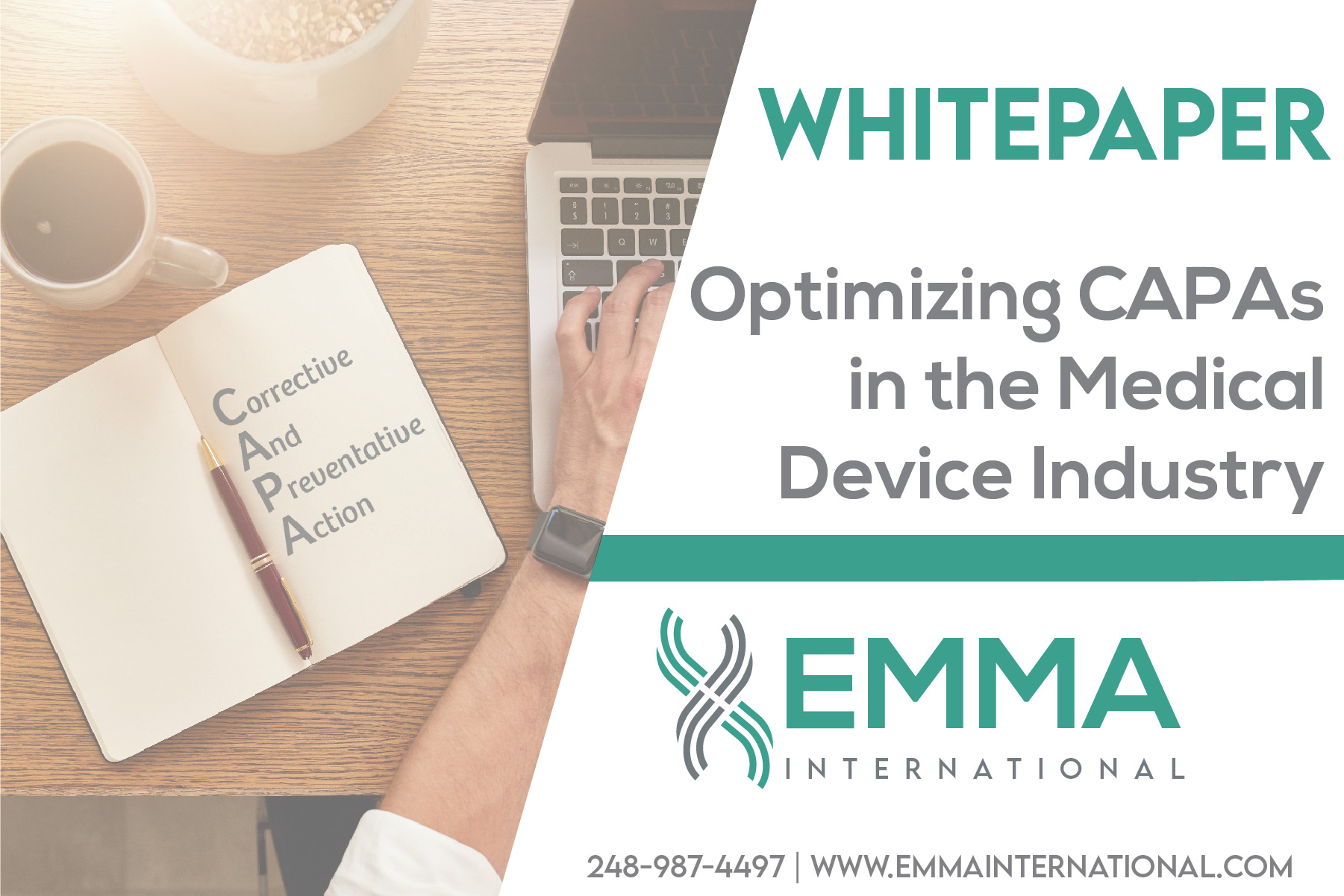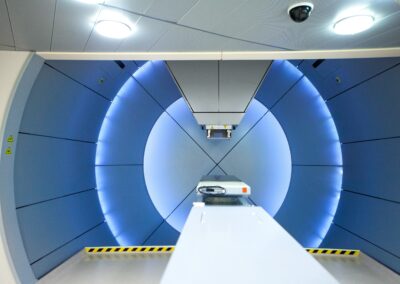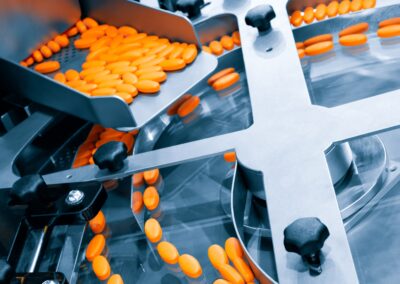The corrective actions and preventive actions process, simply referred to as the CAPA process, is one of the backbones of any QMS. Whether you are in the automotive, medical device, aerospace, or any other industry, if you have a QMS, you will need a CAPA process. Additionally, any firm that has an ISO certified QMS, be it ISO 9001, IATF 16949, ISO 22000, or ISO 13485, is required to implement and maintain a CAPA process. The medical device industry, however, has a special tie to CAPAs as every firm is legally obligated to implement the process per 21 CFR § 820.100. How a medical device firm utilizes the CAPA process can be the difference between a highly successful operation or an operation that has systemic issues and is bogged down with inefficiencies.
In this whitepaper, we will explore how to best utilize CAPAs in the medical device industry including best practices, common pitfalls, and how to avoid “death by CAPA”. This paper will also discuss the purpose and basic principles of CAPAs, as well as how the process has developed over time.
Get the Optimizing CAPAs in the Medical Device Industry Whitepaper
Fill out the form below, and the webinar will get sent directly to your inbox.






